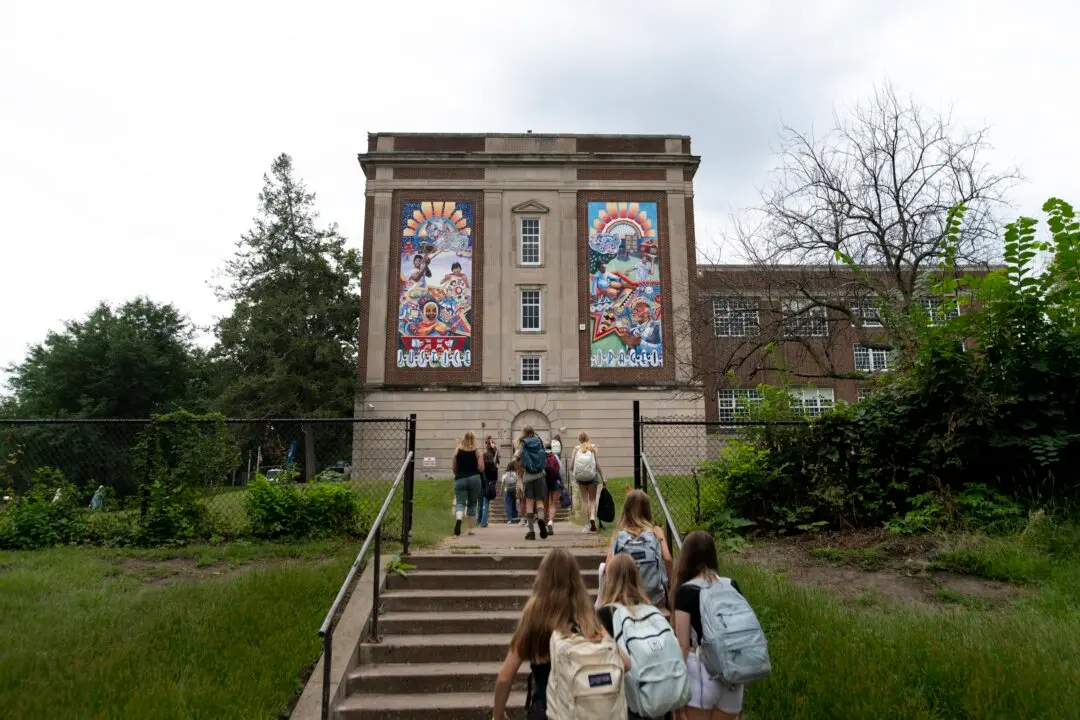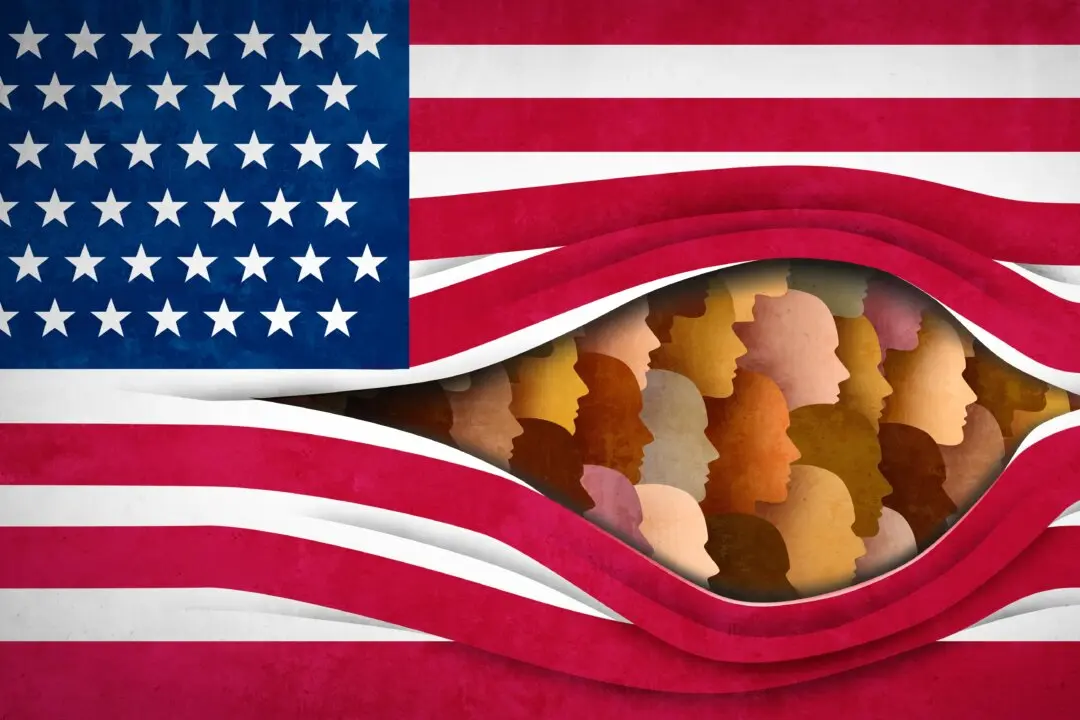President Donald Trump called on police in the nation’s capital to protect statues as vandals toppled a memorial to Albert Pike, a former Confederate soldier.
Using multiple sets of ropes, vandals pulled down the 11-foot statue of Pike in Washington late Friday just before midnight.





